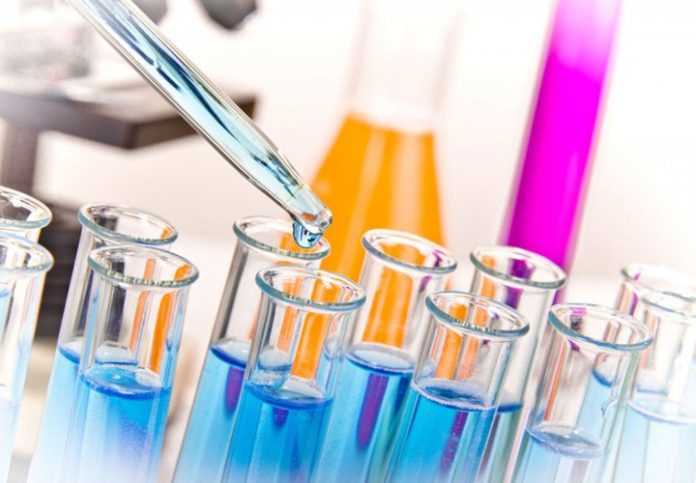Maybe, just maybe, there is news of progress from the doping front.
The new report from the World Anti-Doping Agency (WADA) showed that in 2017, the number of tests in Olympic sports surpassed 200,000 for the first time and doping positives dropped by 18.3%.
That’s good, right?
Indeed, the statistics show that the current fight against doping is pushing more deeply – at least in Olympic sports – into just about all of the sports and the incidence of positive tests fell below 1% for the first time in three years. The key numbers:
Tests:
2017: 205,405, a 6.2% increase over 2016 (193,345)
Positives/Number:
2017: 1,575, down 18.3% over 2016 (1,927)
Positives/Percentage:
2017: 0.77%, down 0.23% over 2016 (1.0%)
Still, the nearly 1,600 positives is worrying, but that’s a lot less than 1,927 in 2016. In the Olympic sports, there were eight with positive rates at 1.0% or higher:
Boxing:
4,036 samples 1.9% positives
Wrestling:
4,878 samples 1.7% positives
Weightlifting:
10,570 samples 1.5% positives
Equestrian:
434 samples 1.4% positives
Judo:
3,968 samples 1.3% positives
Cycling:
23,575 samples 1.2% positives
Rugby:
7,631 samples 1.0% positives
Golf:
389 samples 1.0% positives
This is good news for weightlifting, which is teetering on exclusion from the Olympic program, but has brought its finding rate in line with other sports, although still on the high side. Boxing, which is also potentially subject to be thrown out of the Games because of governance issues, has a fairly high rate of positives in a fairly small number of tests.
The most-tested Olympic sports included:
Football:
37,118 samples 0.4% positives
Athletics:
31,483 samples 0.9% positives
Cycling:
23,575 samples 1.2% positives
Swimming:
15,138 samples 0.4% positives
Weightlifting:
10,570 samples 1.5% positives
Those were the only sports with more than 10,000 tests carried out last year.
If you’re wondering about the Winter sports, none had doping rates of more than 0.7%, which were recorded for Bobsleigh and Ice Hockey. However, it’s worth noting that a criminal investigation is going on concerning Biathlon, which had 2,343 samples taken in 2017 and reported only one positive (0.2%). That situation alone is cause for concern that the situation is perhaps not as good as the numbers would indicate.
However, the situation in the Olympic sports is better than elsewhere. The biggest offender was Bodybuilding, which a 22% positives rate out of just 1,301 samples and Darts had a 13% positives rate (what?). And Powerlifting, long a problem sport, had a 4.5% positives rate, three times that of weightlifting.
You may have read some stories about Arm Wrestling wanting to get into the Olympic Games. They’ll have to clean up their act quite a bit: out of just 191 tests, it showed 19 positives for a 9.9% rate; that’s not going to cut it. Professional boxing is also a problem, with a 6.3% positives rate out of 399 tests.
However, the WADA report also noted that while the number of tests increased, it viewed the decrease in positives as “primarily due to the significant decrease in the reported cases of meldonium,” which was banned completely in 2016, but for which there was a reprieve for a number of cases due to confusion about the date on which the ban would go into effect.
WADA identified 436 less meldonium cases in all sports in 2017 than in 2016, so the number of positives in the Olympic sports was perhaps down just slightly, but with an increased number of tests.
The offending substances haven’t changed much: Anabolic agents led the parade with 44% of all positives, followed by diuretics and masking agents (15%), then stimulants (14%), hormones and metabolic modulators (8%).
The busiest labs in terms of testing were Salt Lake City (USA: 38,727), Los Angeles (USA: 38,007) and Cologne (GER: 27,739).
The 336 pages of statistics and tables tells a story of an enormous effort being made to try and combat doping in a lot of countries and a lot of events. Is doping still a problem? Yes, absolutely. But the effort to find it, penalize it and make it unacceptable is rising, and that’s a good thing.
























